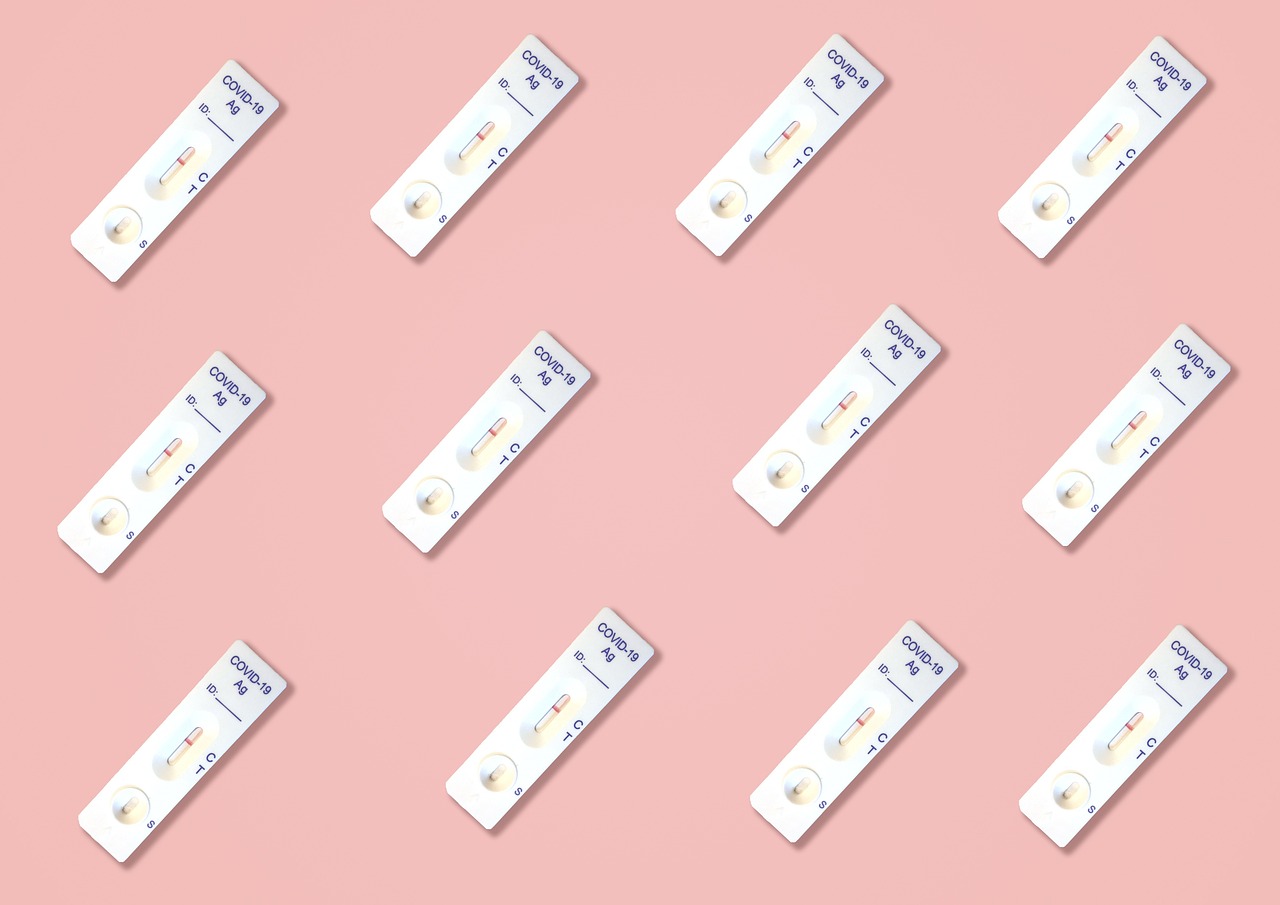



China's respiratory testing market shows significant growth potential, driven by increasing demand, technological advancements, supportive policies, and a growing market size.
1. Background
- Market demand is growing steadily
With population growth and accelerated urbanization, respiratory diseases are on the rise in China. Common infections such as influenza and other Class C infectious diseases are prevalent. According to the National Disease Control and Prevention Administration, reported cases of Class C infectious diseases reached 15.677 million in 2023. Influenza alone accounted for 12.528 million cases, marking a significant year-on-year increase.
- Technological advancement drives market expansion
Advancements in technology are bringing new testing techniques and methods, providing more rapid, accurate, and sensitive methods for detecting respiratory pathogens.
- Policies support
China has prioritized the development of the medical device industry, issuing policies to encourage innovation and development. For example, the National Healthcare Quality and Safety Improvement Goals (2024) issued by the National Health Commission support advancements in respiratory testing.
- Market size continues to grow
According to LeadLeo, the respiratory testing market size grew from $7.82 billion to $12.09 billion from 2019 to 2023. It is expected to expand from $14.87 billion to $40.48 billion from 2024 to 2028, with a CAGR of 28.45%. Globally, the market size is expected to reach $15.32 billion by 2029, with a CAGR of 6.3%.
The Beijing Center for Disease Prevention and Control released data on respiratory pathogens detected in children under 15 in Beijing from 2019 to 2023. The research revealed that in 2023, pathogen outbreaks occurred throughout the year with a complex array of pathogens, including influenza viruses from February to March, RSV in April, and Mycoplasma pneumoniae in the following months. Despite this complexity, China's pathogen detection methods have significantly improved since the COVID-19 pandemic, leading to more rigorous prevention and control of respiratory diseases.
2. Chances and challenges
The global respiratory testing market is becoming more competitive.
On the policy side, in February 2024, the National Health Commission issued the National Healthcare Quality and Safety Improvement Goals (2024), which aim to enhance disease severity assessments in hospitalized patients with community-acquired pneumonia, improve the rate of positive influenza pathogen diagnoses before anti-influenza medication, and increase the testing rate of pathogens in hospitalized patients before antimicrobial medication. These measures support non-COVID testing in medical institutions.
On the supply side, more medical device manufacturers are recognizing the respiratory testing market's potential. According to LeadLeo, the market size grew from 7.82 billion yuan to 12.09 billion yuan between 2019 and 2023 and is projected to expand from 14.87 billion yuan to 40.48 billion yuan from 2024 to 2028, with a CAGR of 28.45%.
3. Technological advances and clinical innovations
Respiratory diseases can be divided into upper and lower respiratory tract infections. Upper respiratory tract infections involve the nasal cavity and pharynx, leading to conditions such as rhinitis, sinusitis, and pharyngitis. Lower respiratory tract infections, involving the trachea, bronchial tubes, and lungs, include bronchitis, pneumonia, and tuberculosis. Lower respiratory tract infections ranked fourth among the top 10 global causes of death in 2019, responsible for 2.6 million deaths globally.
China's routine detection methods for respiratory diseases traditionally relied on blood tests and inflammatory markers, which could only identify bacterial or viral infections. The adoption of PCR, syndromic-based pathogen multiplex PCR, digital PCR, and tNGS technologies has significantly improved diagnostic capabilities for respiratory infections, including pathogen virulence factors and drug resistance genes.
4. China respiratory products in 2024 H1
In the first half of 2024, 210 certified IVD kits were reported, with 33 respiratory products accounting for 15.7% of the total. In 2023, there were 288 certified IVD kits, with 46 respiratory products accounting for 16%. In 2022, 342 certified IVD kits included 86 respiratory products, accounting for 25.2%. Among these, 68 models were COVID kits.
For 2024, approximately 64 respiratory products are expected to be certified, highlighting the market¡¯s focus on respiratory testing. The products are mainly concentrated in molecular diagnostics and immunodiagnostics, covering pathogen detection and disease diagnosis (excluding tuberculosis products).
As of June 20, 2024, there were 33 certified respiratory IVD kits. Among them:
¡¤ 17 products use the fluorescent PCR method
¡¤ 9 products use the colloidal gold method
¡¤ 5 products use the latex method
¡¤ 1 product uses the magnetic particle chemiluminescence method
¡¤ 1 product uses the in silico immunochromatography method
COVID-19 and influenza virus products dominate the market. Since the outbreak in early 2020, governments and healthcare organizations have intensified efforts in research, development, and application of COVID tests. Additionally, influenza remains a significant global health concern, driving steady market demand for influenza tests.
In January 2024, Wantai BioPharm¡¯s Influenza A/B Virus Antigen Test Kit (Colloidal Gold) was certified.
In February 2024, Autobio¡¯s SARS-CoV-2 (2019-nCoV) Antigen Detection Kit (Magnetic Particle Chemiluminescence Method) was certified.
BioGerm¡¯s Bordetella Pertussis Nucleic Acid Detection Kit (Fluorescent PCR) was certified.
Health¡¯s SARS-CoV-2 2019-nCoV Nucleic Acid Detection Kit (PCR Fluorescent Probe Method) was certified.
In March 2024, DIRUI¡¯s SARS-CoV-2 (2019-nCoV) Antigen Detection Kit (Colloidal Gold) was certified.
USTAR¡¯s Respiratory Syncytial Virus Nucleic Acid Detection Kit (Constant Temperature Amplification-Real Time Fluorescence Method) was certified.
In April, Snibe¡¯s SARS-CoV-2 2019-nCoV Nucleic Acid Detection Kit (Fluorescent PCR) was certified.
Daan Gene¡¯s Influenza A/B & SARS-CoV-2 (2019-nCoV) Nucleic Acid Detection Kit (PCR Fluorescent Probe Method) was certified.
In May, Medical System¡¯s SARS-CoV-2 (2019-nCoV) Antigen Detection Kit (Latex Method) was certified.
In June, BioGerm¡¯s Mycoplasma Pneumoniae Nucleic Acid Detection Kit (Fluorescent PCR) was certified.
Hotgen¡¯s SARS-CoV-2 (2019-nCoV) Nucleic Acid Detection Kit (PCR Fluorescent Probe Method) was certified.